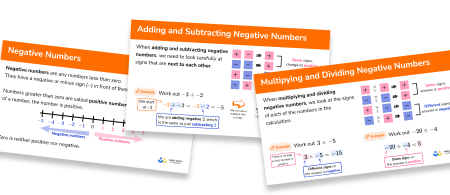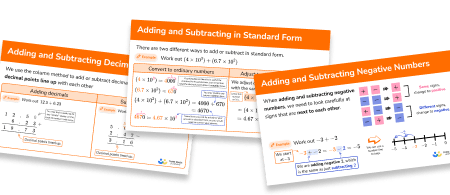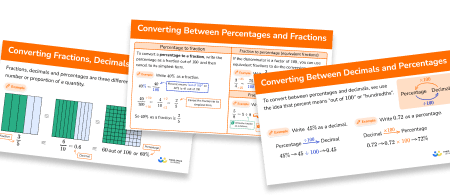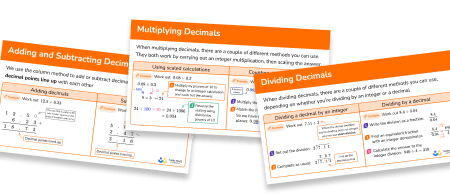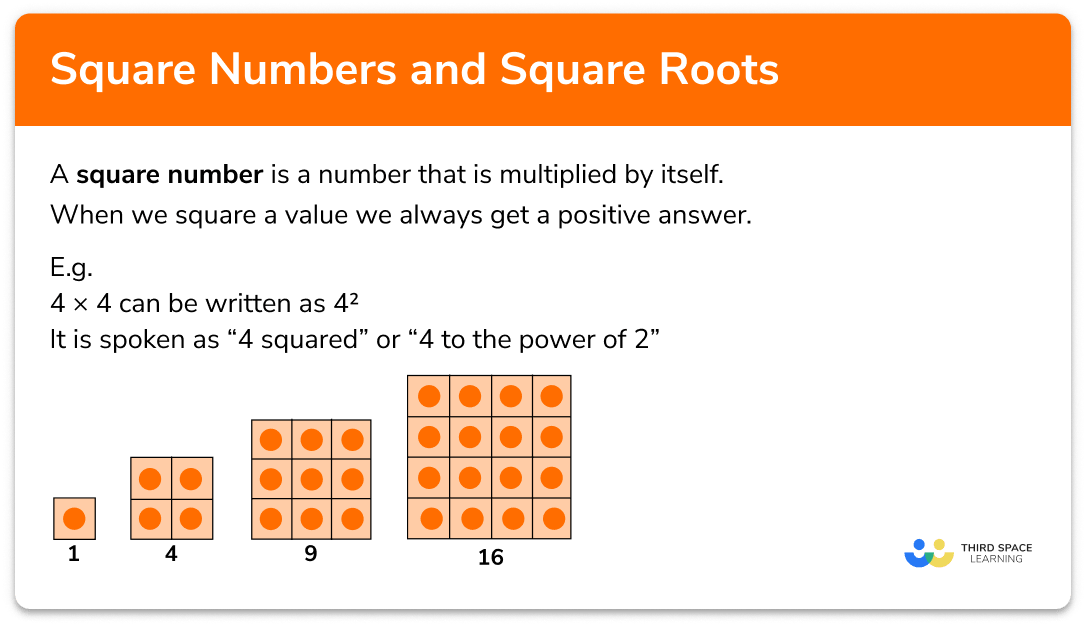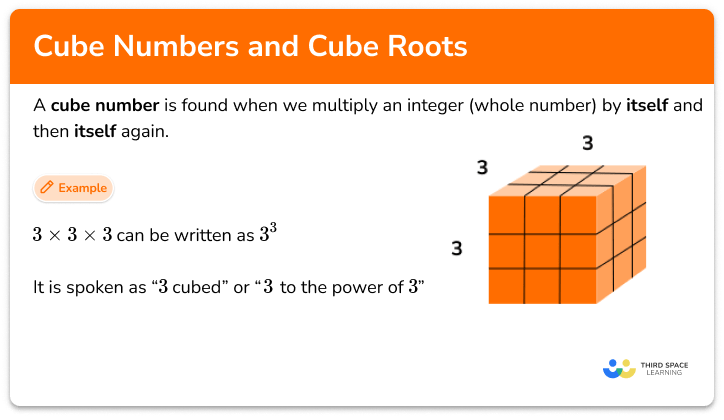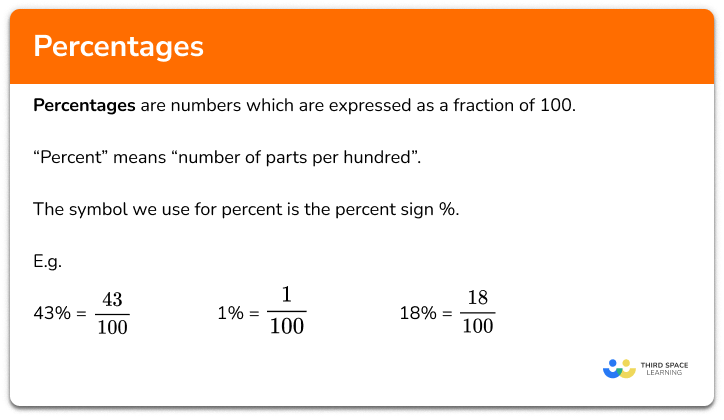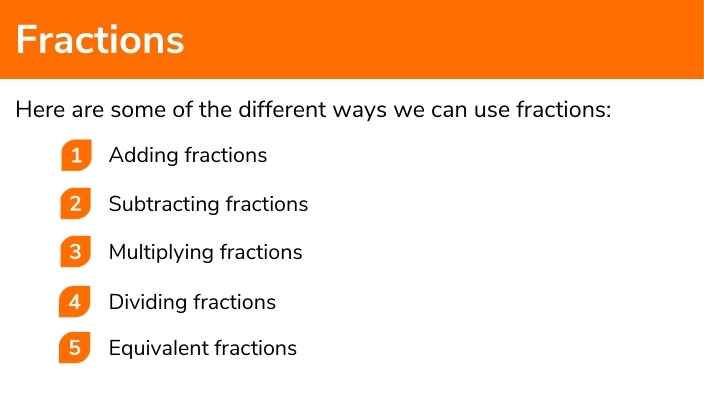FREE DOWNLOAD
Reverse Percentages Worksheet

Help your students prepare for their Maths GCSE with this free reverse percentages worksheet of 44 questions and answers
- Section 1 of the reverse percentages worksheet contains 36 skills-based reverse percentages questions, in 3 groups to support differentiation
- Section 2 contains 4 applied reverse percentages questions with a mix of worded problems and deeper problem solving questions
- Section 3 contains 4 foundation and higher level GCSE exam style questions on reverse percentages
- Answers and a mark scheme for all reverse percentages questions are provided
- Questions follow variation theory with plenty of opportunities for students to work independently at their own level
- All questions created by fully qualified expert secondary maths teachers
Suitable for GCSE maths revision for AQA, OCR and Edexcel exam boards
Reverse percentages at a glance
Some percentage problems require students to work backwards – for example, rather than finding the sale price of an item after a percentage decrease, they might be given the sale price and be asked to find the original price.
We can use the multiplier method for these calculations. To calculate a percentage reduction, we would multiply the original value by the percentage multiplier. To work backwards, we use the inverse operation, division, so we divide the sale price by the percentage multiplier.
A good non-calculator method is to get students to equate the sale price with the reduced percentage, and then use known amounts to find 100%. For example, if an item costs £40 after a 20% reduction, £40 represents 80% of the original amount. Dividing £40 by 8 gives 10%, and multiplying by 10 gets back to 100%.
Looking forward, students can then progress to additional number worksheets, such as a standard form conversions worksheet. For students working at this level, we also have worksheets on topics like Pythagoras Theorem, trigonometry, vectors, simultaneous equations and laws of indices such as this index laws worksheet

For more teaching and learning support on Number our GCSE maths lessons provide step by step support for all GCSE maths concepts.
Do you have students who need additional support?

With Third Space Learning's secondary maths tutoring programmes, students in Year 7-11 receive regular one to one maths tutoring to address gaps, build confidence and boost progress.
"My confidence in the tutoring is high. We've had some phenomenal results. I even had one girl get a Grade 8 this year; she came to every tutoring session."
Stacey Atkins, Maths Director, Outwood Grange Academies Trust

